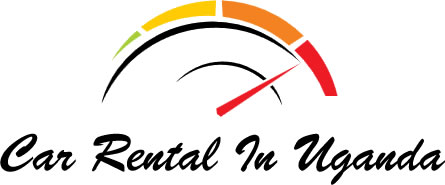Africa’s majestic large birds of prey, including the flamboyantly plumed Secretary Bird and the serpent-catching Snake Eagle, are in the midst of a human-driven “extinction crisis,” according to a recent study by researchers at the University of St Andrews and The Peregrine Fund. While previous research highlighted the impact of rapid human and agricultural expansion on vultures, the new study reveals that other significant raptors are also experiencing severe depletions, leading to a “double jeopardy” situation for these magnificent creatures.
Extensive Declines and Double Jeopardy
The study, published in Nature Ecology and Evolution, focused on 42 raptor species in Niger, Burkina Faso, Mali, northern Cameroon, Kenya, and Botswana. Shockingly, 37 species showed declines, with 29 experiencing plummeting populations by at least 30 percent over three generational periods. This grim reality points to an “extinction crisis,” especially for diurnal raptors active during the day, such as eagles, with over two-thirds of the examined species potentially qualifying as globally threatened.
Human Impact and Threats
Larger birds of prey face unique challenges due to their need for a wider habitat and slower breeding rates compared to smaller birds, making their populations less resilient. Human threats, including shooting, trapping, poisoning, electrocutions, and collisions with energy infrastructure, contribute significantly to their decline. These birds are targeted for food, belief-based reasons, and the animals they prey on are also affected.
Regional Vulnerabilities
Species declines are most pronounced in West and Central Africa, where protected areas are underfunded, and regional poverty and corruption further exacerbate conservation challenges. The study underscores the link between high poverty and corruption levels and adverse outcomes for charismatic mammal species, emphasizing the urgent need for effective conservation strategies.
Conservation Solutions
To safeguard Africa’s large birds of prey, researchers advocate for two crucial solutions. Firstly, there is a pressing need to expand protected areas in Africa, aligning with the goals set at the Convention of Biological Diversity (COP 15) in 2022. Currently, protected areas cover only 14 percent of Africa’s land and inland waters, falling short of the proposed 30 percent target. Secondly, existing protected areas must be managed more effectively to ensure the survival of these magnificent species.
The Interconnected Importance of Conservation
The researchers highlight that effective conservation of large birds of prey is not only vital for preserving biodiversity but also in the best interests of human societies. Vultures, for example, play a crucial role in limiting the transmission of zoonotic diseases to human populations by scavenging carcasses. Additionally, the loss of large avian predators can have profound effects on ecosystems, disrupting prey populations and potentially damaging crops.
Conclusion
As Africa’s large birds of prey face a perilous future, urgent and concerted conservation efforts are required to reverse the alarming declines. Extending protected areas and enhancing their management are pivotal steps in ensuring the survival of these iconic species, which play crucial roles in maintaining ecosystem balance and protecting human populations from disease transmission. The time to act is now, as the researchers warn that without intervention, large raptor species may vanish from much of Africa’s unprotected land by the latter half of this century.

